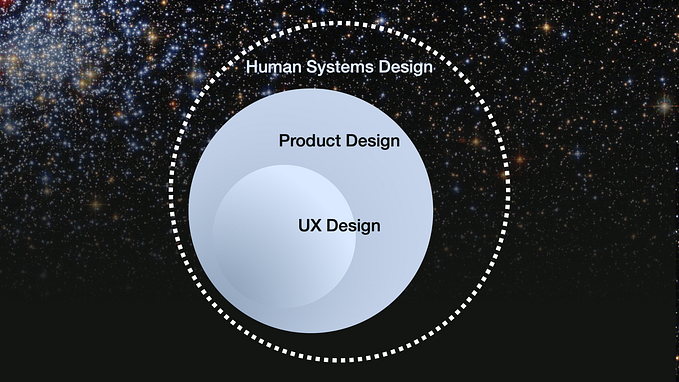Member-only story
Why we don’t like to wait and how to improve the user experience through science
Yeah, we don’t like to wait. Either in a supermarket line or loading a website. It is at our core.
Time's notion changes depending on what we are doing. Who’s never noticed the time flying when talking to friends or how endless the 3 waiting seconds of the confirmation of the purchase of a concert ticket online felt like?
This waiting time perception is subjective, and it is our role as product designers to understand how it works to help minimize users’ frustration while browsing.

The concept of the text came from episode ‘Why we don’t like to wait?’ (content in Portuguese) of a Brazilian podcast called Naruhodo. Naruhodo is featured by curious lay Ken Fujioka and PhD scientist Altay de Souza, bringing a professional background to the matter. In this episode, they explain scientifically “the waiting” and why we don’t like it.
I won’t go into the scientific explanation of the topic because I’m from a different field. But However, the main research from the podcast was in English, so I added the reference at the end.
The manipulation of the waiting perception
After material and formal explanation on the topic, a scientific experiment was made on how we perceive time better by using more senses during the action, for example:
People who study a rhythm through both motor and auditory learning have a more accurate perception than those who use only their hearing for learning. (Link)

The same happens when we leave one of the senses out. We lose time accuracy, for the less attention we pay to the subject, the less notion we have of real-time. And that is the key point of the manipulation.
An experiment performed in 1999 on the old browser Netscape(!) demonstrated that users are twice more tolerant when waiting for an image to load if the computer screen displays the hourglass icon. By not focusing on the blank screen, we feel like time goes by faster.







